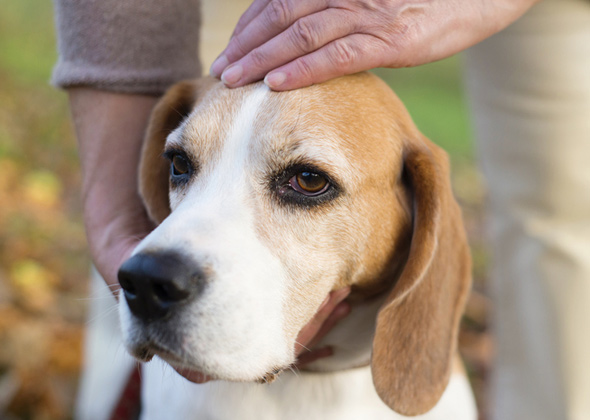Advice for Adding a Second Dog to Your Family
Published on February 08, 2017
Skip To
Adding a second canine to your single-dog home is not a decision to be made on the fly — there’s more to it than just buying another leash and doubling up on the dog food order. Aside from the resources required (both in terms of time and money), a second dog has the potential to create some disruption within your home. But is it worth it? We suspect most two-dog owners would say, "Absolutely!"
Of course, if you already have a pup, you know that those disruptions can be a small price to pay for all the love you get in return. And even though bringing a second dog into your home may add a bit more stress, it can also raise the level of happiness you experience — exponentially.
If you’re considering adding a second dog to your household, we’ve got expert tips for navigating this change, as well some suggestions from our Facebook fans. Check out the gallery below for strategies and advice for adding another pooch to your fur family.
More on Vetstreet:
Of course, if you already have a pup, you know that those disruptions can be a small price to pay for all the love you get in return. And even though bringing a second dog into your home may add a bit more stress, it can also raise the level of happiness you experience — exponentially.
If you’re considering adding a second dog to your household, we’ve got expert tips for navigating this change, as well some suggestions from our Facebook fans. Check out the gallery below for strategies and advice for adding another pooch to your fur family.
More on Vetstreet:










